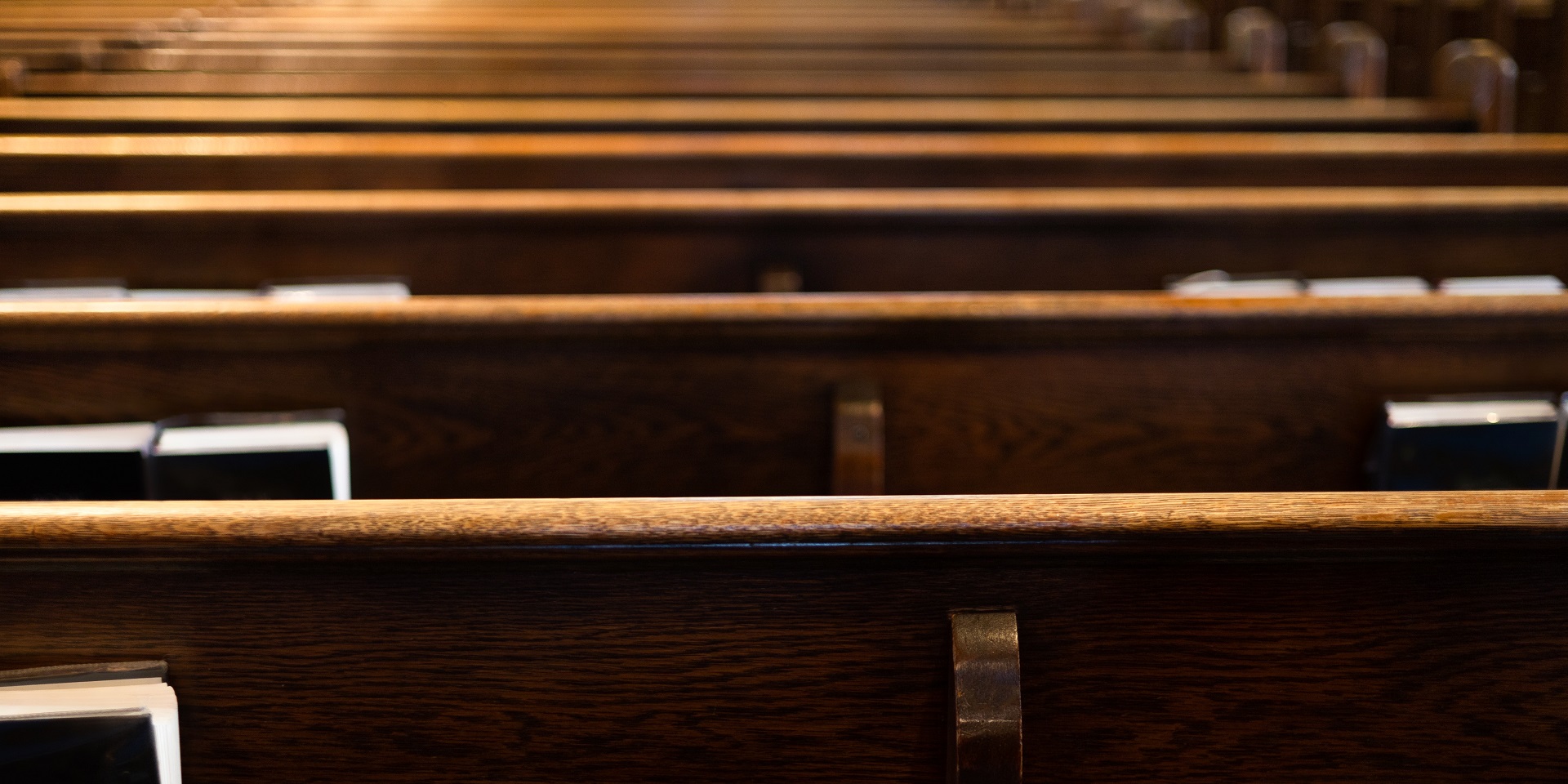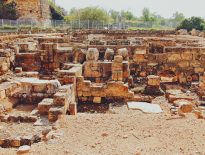In the early decades of the 18th century, America was in the throes of an identity crisis. The new American lifestyle had earned New England the nickname of “the new English Sodom.”[1]
American society was torn apart. The English, Germans, Dutch, and French from the 13 colonies were separated by physical distance, by culture, by religious confession, and even by language. Moreover, the last arrivals were mostly opportunists not interested in religion, but in prosperity. Individualism had turned religion formal.
Jonathan Edwards
Jonathan Edwards (1703-1758) began his career as a preacher and theologian against this background. To this day, he is considered to be the most important American theologian. It has been said of him that, if he had not been so inclined to theology, he would have become as famous a scientist as Benjamin Franklin.[2]
In 1729, Jonathan succeeded his grandfather as pastor of the church in Northampton, where he began to preach about the need for genuine conversion. From 1733, a spiritual revival began to be observed in Northampton. Young people gathered for prayer, the gossip stopped, and the pubs emptied. In six months, about 300 people were baptised. The phenomenon also spread to the neighbouring regions, but in 1737 the revival died out, just like others that followed it. The work of Jonathan Edwards was not enough to create a “Great Awakening.”
George Whitefield
It was not until 1739, when George Whitefield (1714-1770) began his 15-month preaching campaign on the American continent, that the revival movement gained momentum.
A friend of John Wesley, the future founder of the Methodist Church, Whitefield awakened England through his open-air preaching. Upon his arrival in America, he preached to crowds of up to 25,000 people. In the autumn of 1740, he arrived in the town of Northampton. Although they belonged to different churches, Edwards invited Whitefield to preach in his church. Edwards is said to have wept as he listened to the sermon.
Whitefield continued his tour, visiting and preaching in all 13 colonies. By breaking down barriers, he offered Americans a common identity based on the experience of conversion, of being “born again.” Edwards was the intellectual genius and spokesman for revivalist theology, and Whitefield was in charge of disseminating and promoting its rhetoric.[3]
The wide audience, the newspaper publicity, the impressive circulations of Whitefield’s writings created the first great American awakening. In an individualistic and isolated society, his preaching brought identity and unity, and its effect was also felt politically, more than 30 years later, during the American Revolution.

















